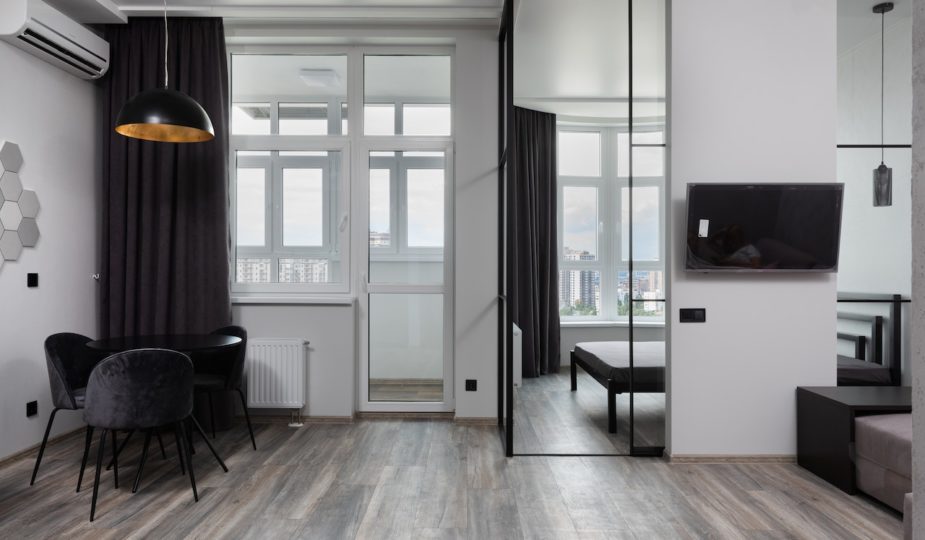
5 Tips for Lowering Your Winter Energy Bill
Dealing with winter energy bills is one of the most challenging aspects of home ownership. Nevertheless, you have to keep your house warm when the temperatures drop. It means using more energy, which can take a toll on your wallet. Fortunately, there are ways to reduce the amount of energy used. Here are the most crucial five.
Maintain Your Heating System
Your heating system is the biggest energy user in winter. Check your furnace regularly to detect issues on time. Problems such as worn-out parts, dirty filters, inadequate insulation, and air leaks cause energy bills to skyrocket.
Every year, before the winter season, have an HVAC technician inspect the furnace and carry out a tune-up. It involves replacing the filters, inspecting the burners and blower, analyzing all other components for any signs of wear, and cleaning the entire system. If the system is over ten years old, start budgeting for a newer, more efficient model.
Efficient options have an Annual Fuel Utilization Efficiency (AFUE) rating of 95% or higher. Additionally, upgrade all the home appliances with Energy Star-rated models. Unplug all of them when not in use, including TVs and computers.
Utilize Programmable Thermostats
Programmable thermostats enable you to manage your home’s temperature with ease. You can set them to turn off or down the heat whenever you’re away or when it’s not necessary to keep the house warm. This way, you won’t consume unnecessary energy when no one is home. Better still, go for smart thermostats and monitor the temperature from anywhere through your smartphone.

Seal Air Leaks
Air leaks account for up to 20% of energy loss. It means you’ll use more energy to heat your house if you have leaks. Check windows and doors for gaps or cracks. Caulk and weatherstrip around the windows, sills, frames, and doors to prevent air from escaping. Also, check your exhaust vents for leaks, the attic and basement for open spaces, and the wall outlets.
If the windows are too old, replace them with double or triple-pane ones. They have two or three layers of glass, separated by a gas-filled space. The additional layer increases insulation and reduces energy loss.
Install Insulation
Your home needs proper insulation in winter. Insulate the walls, attic, and crawl spaces to keep the warmth inside. Because the insulation degrades or compacts over time, inspect it regularly. If it’s inadequate, upgrade it for better results. The best insulation materials are fiberglass, cellulose, rock wool, and foam.
Utilize Natural Heat Sources
Natural heat sources will reduce the amount of energy you use. Open the curtains to let natural light and heat from the sun in during the day. At night, close the curtains and blinds to keep warmth inside. Also, use warm clothes, blankets, and carpets instead of running the heater all day.
The ceiling fan’s blades rotate counterclockwise in summer to move cool air downward. However, in winter, they should rotate clockwise and slowly to push the hot air that rises back into the room. Redistributing warm air makes your heating system more effective.
The Effort Keeps Your Bills Low
Following these tips reduces your energy consumption and home’s carbon footprint. You won’t worry about a skyrocketing energy bill or the heating system malfunctioning because of constant use. For further savings, consider renewable energy sources, such as solar and wind power.









